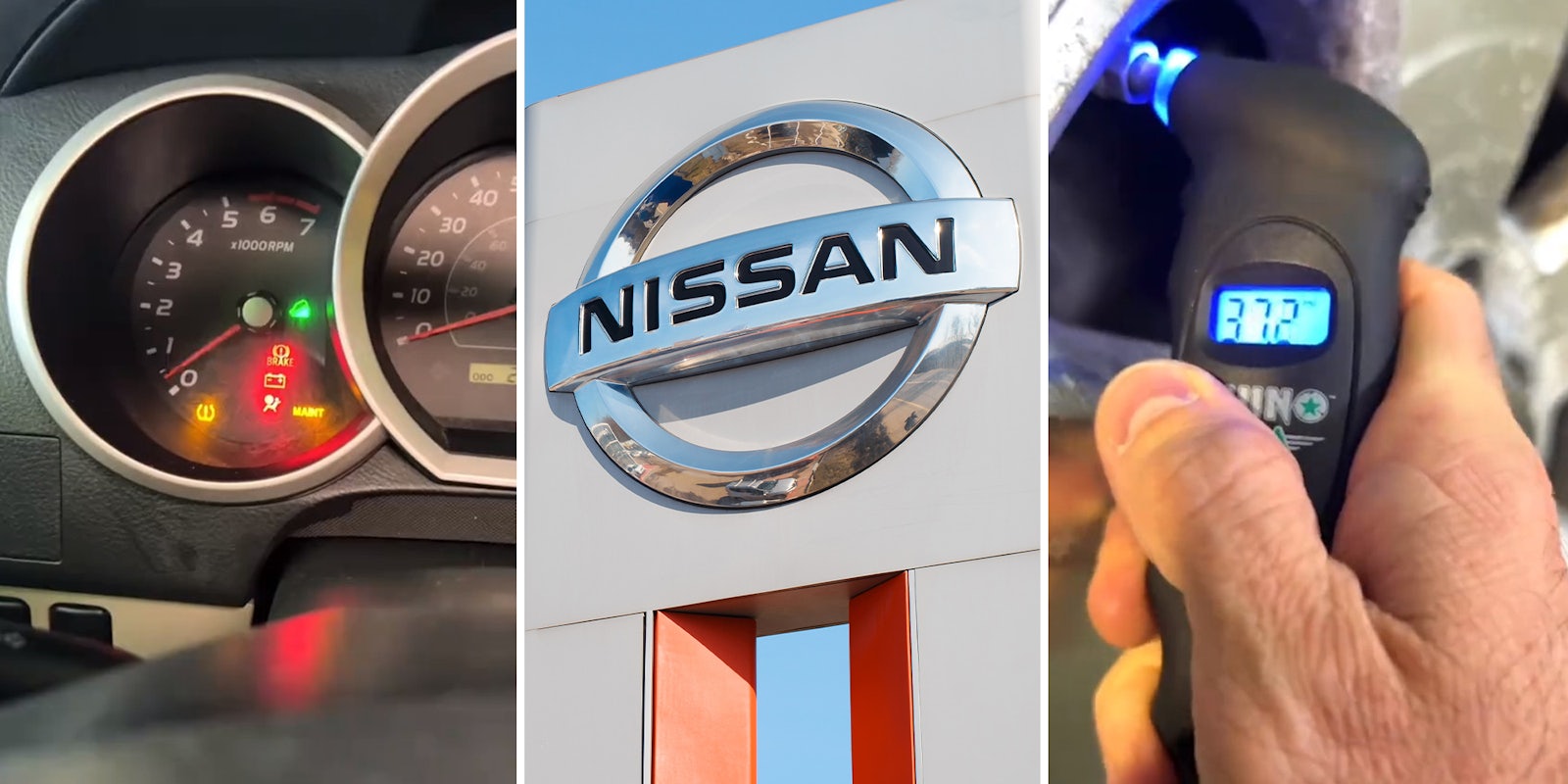In the dynamic world of automotive care, maintaining optimal tire pressure is crucial for ensuring vehicle performance, safety, and fuel efficiency. The TikTok clip by @drivepledge sheds light on the common reasons why the Tire Pressure Monitoring System (TPMS) light—a feature present in many modern vehicles, including Nissan—might activate. The informative snippet sparked interest among drivers, especially for those driving Nissan Altimas, which are known for their unique TPMS setup.
The video outlines three primary reasons why the TPMS light will come on: incorrect tire pressure (either under or over-inflation), an under-inflated spare tire, and potential malfunctions in the tire pressure sensors. The clip highlights the importance of adhering to the tire pressure specifications listed on the inside of the driver’s door and the significance of routine tire maintenance.
Nissan vehicles, in particular, offer a sophisticated TPMS that uses sensors to constantly monitor tire air pressure. When pressure deviates from the recommended range, the system alerts the driver. This proactive monitoring is pivotal in preventing the adverse effects of improperly inflated tires, such as compromised fuel efficiency, handling, and increased risk of tire failure.
Nissan provides two TPMS types: Direct and Indirect. The Direct system measures pressure through sensors located in each wheel, offering real-time pressure readings. In contrast, the Indirect system uses the vehicle’s ABS sensors to detect variations in wheel speed and indicate tire pressure issues. Understanding these systems helps Nissan drivers accurately respond to TPMS alerts.
When the TPMS light comes on, the immediate step is to check and adjust the tire pressure to match the recommended PSI. This simple action can mitigate risks associated with under- or over-inflated tires, such as reduced grip, increased wear, and even blowouts. Persistent TPMS alerts, however, may signal the need for a professional inspection to identify potential issues with tires or sensors.
@drivepledge Why is my TPMS light on? #drivepledge #tpms #tirepressure #carproblems ♬ Monkeys Spinning Monkeys – Kevin MacLeod & Kevin The Monkey
Things are a-changin’ at Nissan. The Nissan Altima, renowned for its practicality and affordability, has consistently ranked among Nissan’s bestsellers, trailing only the Sentra and Rogue in the 2023 second quarter’s sales figures. Despite its popularity and recent updates featuring a fresh grill, new logo, modern infotainment, and enhanced safety features, the gas-powered Altima is anticipated to be phased out after the current model’s production concludes around 2025. This decision aligns with Nissan’s shift toward more efficient vehicles, exemplified by the discontinuation of the Nissan Maxima. Embracing a future-oriented approach, Nissan, through its Nissan Ambition 2030 strategy, aims to launch 19 new EVs by the end of the decade, marking a significant pivot towards electrification.
The viral TikTok video by @drivepledge highlights the power of social media in educating vehicle owners on the importance of tire maintenance and the functionalities of systems like TPMS. For Nissan drivers and beyond, understanding the TPMS light is not just a part of vehicle maintenance—it’s a critical practice for ensuring the longevity and safety of their drive.
The Daily Dot reached out to @drivepledge and Nissan for comment.



